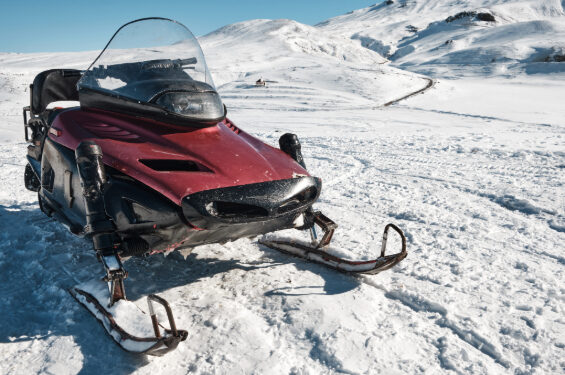
There’s no denying personal watercraft (Jet Skis) are an exhilarating ride and a fun way to spend an afternoon on a local lake or reservoir. Think of it as a snowmobile for the water.
With horsepower similar to large outboard boat engines and acceleration equivalent to motorcycles, Jet Skis are much more than mere toys. According to the BoatUS Foundation, these powerful machines are more hazardous to operate than other watercraft. Jet Skis make up just 9 percent of all registered marine vessels in the U.S. but account for 26 percent of reported accidents.
Experience and proper education in Jet Ski operation are vital to reducing your risk of accidents. Besides adhering to laws on age and education requirements, a checklist of good safety practices can make for a fun and mishap-free day on the water.
1. Ensure you have the required Jet Ski equipment
Jet Skis are considered Class A vessels by the U.S. Coast Guard, meaning all rules and regulations for boats under 16 feet apply. So before you take your Jet Ski out for the first time, it must be outfitted with the required equipment for its class.
- A Coast Guard-approved fire extinguisher
- Functioning backfire flame arrestor
- Ventilation system
- Signaling device such as a whistle or horn
- Vessel registration with properly displayed decals
- Life vest
No matter how good a swimmer you are, a flotation device such as a life vest is a must for all passengers as well as anyone being towed behind. It’s also the law. Whoever is operating the Jet Ski must wear a cord or lanyard around their wrist attached to the key in the ignition. This can help prevent the engine staying on in case the driver falls off. The cord should also be removed when the Jet Ski is docked, to prevent any unauthorized use.
2. Take a Jet Ski safety course
Even if your home state doesn’t require a boating safety course, it’s still highly recommended you take one, especially if it offers instruction on the unique operating features of Jet Skis. You may even qualify for a personal watercraft insurance discount when you complete an approved safety course. After your boating safety course, first time operators should gain some practical experience in a secluded area away from busy waters; most accidents involve collisions with other watercraft. This allows you to become familiar with how your Jet Ski works and handles in a safe space.
3. Practice defensive driving
Even with education and experience, all Jet Ski riders should drive defensively. A passing boat might provide a wake that’s tempting to jump but it’s easy to lose control and have the Jet Ski land awkwardly or, worse, upside down. Because Jet Skis can take up to 300 feet to stop when driving at full speed, be alert to other Jet Skis, boats and swimmers.
You should never carry more passengers than your Jet Ski allows. And while it’s tempting to place a little one in front, all passengers need to sit behind the driver.
Finally, don’t loan your Jet Ski to an unqualified driver. Accidents happen, but more so when the operator has no experience or education controlling such a high-powered vessel. Following this and other safety guidelines will help reduce your risk of mishaps, not your Jet Skiing enjoyment.
You can add more layer of protection, and that’s protecting your Jet Ski. Learn more about personal watercraft insurance coverage.
With acceleration equivalent to motorcycles, Jet Skis are nothing to fool around with. Learn how to be safe when riding a Jet Ski.



